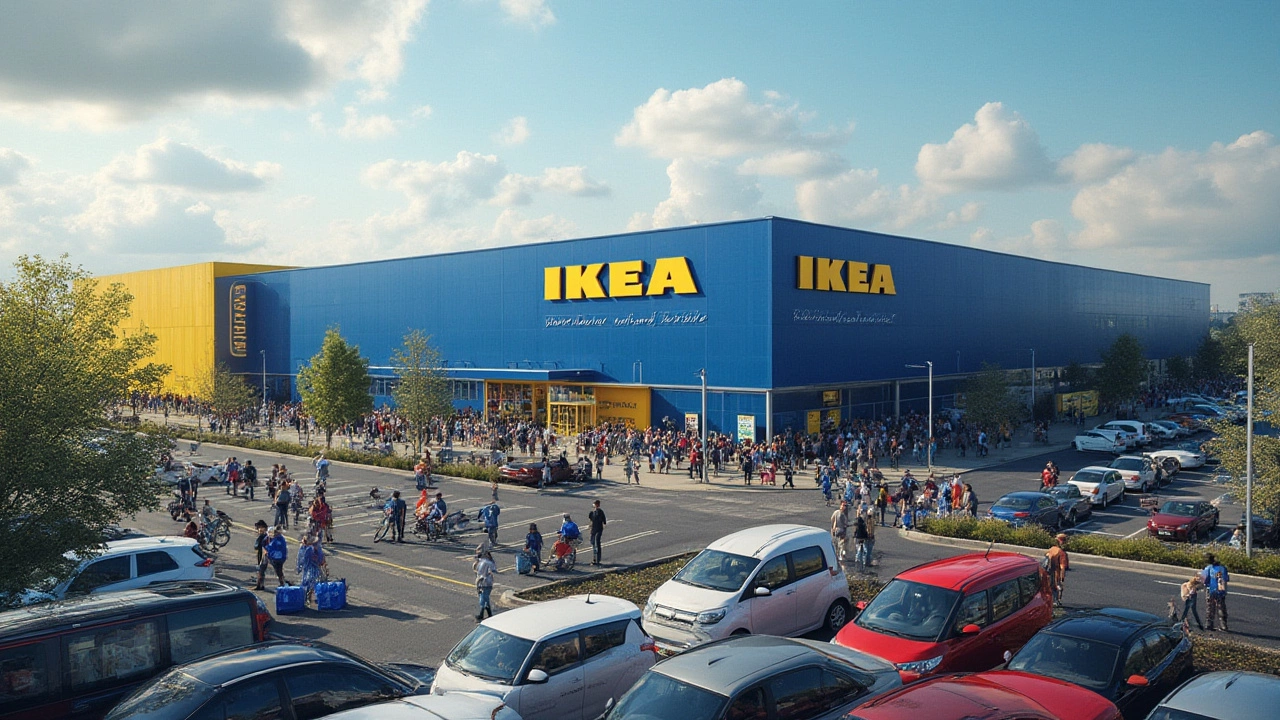IKEA Store Statistics: What the Numbers Say About Furniture Trends
If you’ve ever walked into an IKEA, you’ve probably wondered why certain items seem to fly off the shelves while others sit untouched. The answer lies in the data. By looking at IKEA’s store statistics, you can see which styles are hot, which price points win, and how the brand influences the whole UK furniture market.
Why IKEA Data Matters
Retail numbers aren’t just for CEOs – they help everyday shoppers make smarter choices. When you know which product lines are growing, you can guess what will be in stock next season. You also get a glimpse of where the market is heading, so you can invest in pieces that won’t feel outdated in a year.
For example, IKEA’s recent reports show a surge in demand for multi‑functional furniture. That’s why you’ll see more sofa‑beds, fold‑away desks, and storage ottomans. If you’re planning a small‑space makeover, those stats tell you where to look.
Top Stats You Should Know
1. Sales Growth: In the last fiscal year, IKEA UK recorded a 7% increase in total sales, outpacing the overall furniture market’s 3% growth. The boost came mainly from online orders, which rose 15%.
2. Best‑Selling Category: Bedroom furniture led the pack, contributing 32% of total revenue. Within that, bed frames and storage boxes were the top sellers, reflecting a trend toward minimalist sleeping spaces.
3. Price Sensitivity: Products priced between £50 and £150 accounted for 45% of volume sold. Shoppers gravitate toward affordable, stylish pieces that don’t break the bank.
4. Sustainability Impact: Items made from recycled materials grew 22% year over year. IKEA’s push for greener products is resonating with eco‑conscious buyers.
5. Regional Differences: Stores in the North East saw the highest per‑store sales increase (9%), while London locations grew at a steadier 4%. This suggests regional preferences and varying buying power across the UK.
These numbers paint a clear picture: shoppers love affordable, versatile, and eco‑friendly furniture. If you’re browsing IKEA, focus on the mid‑range price band and keep an eye on bedroom and storage solutions.
Another useful insight comes from foot traffic data. On average, a visitor spends 2.3 hours inside the store, compared to 1.7 hours online. That extra time translates into impulse buys, especially in the kitchen and living‑room sections. So don’t skip the showroom if you have the chance – you might discover a piece that fits your space perfectly.
Finally, consider how IKEA’s stats compare to competitors. While other brands may specialize in high‑end designs, IKEA’s volume‑driven model means they can offer lower prices and faster restocks. Knowing this helps you decide whether to wait for a sale or grab a deal now.
Bottom line: IKEA store statistics aren’t just cold numbers. They’re a roadmap for anyone who wants a well‑filled home without overspending. Use these insights to plan your next purchase, anticipate trends, and get the most out of every visit, whether online or in‑store.
Where Is IKEA Sold Most? Top Countries, Surprising Stats, and Bestselling Picks
Explore where IKEA is sold most worldwide, the countries dominating sales, record store figures, and fascinating IKEA facts backed by real stats and fresh insights.
More
